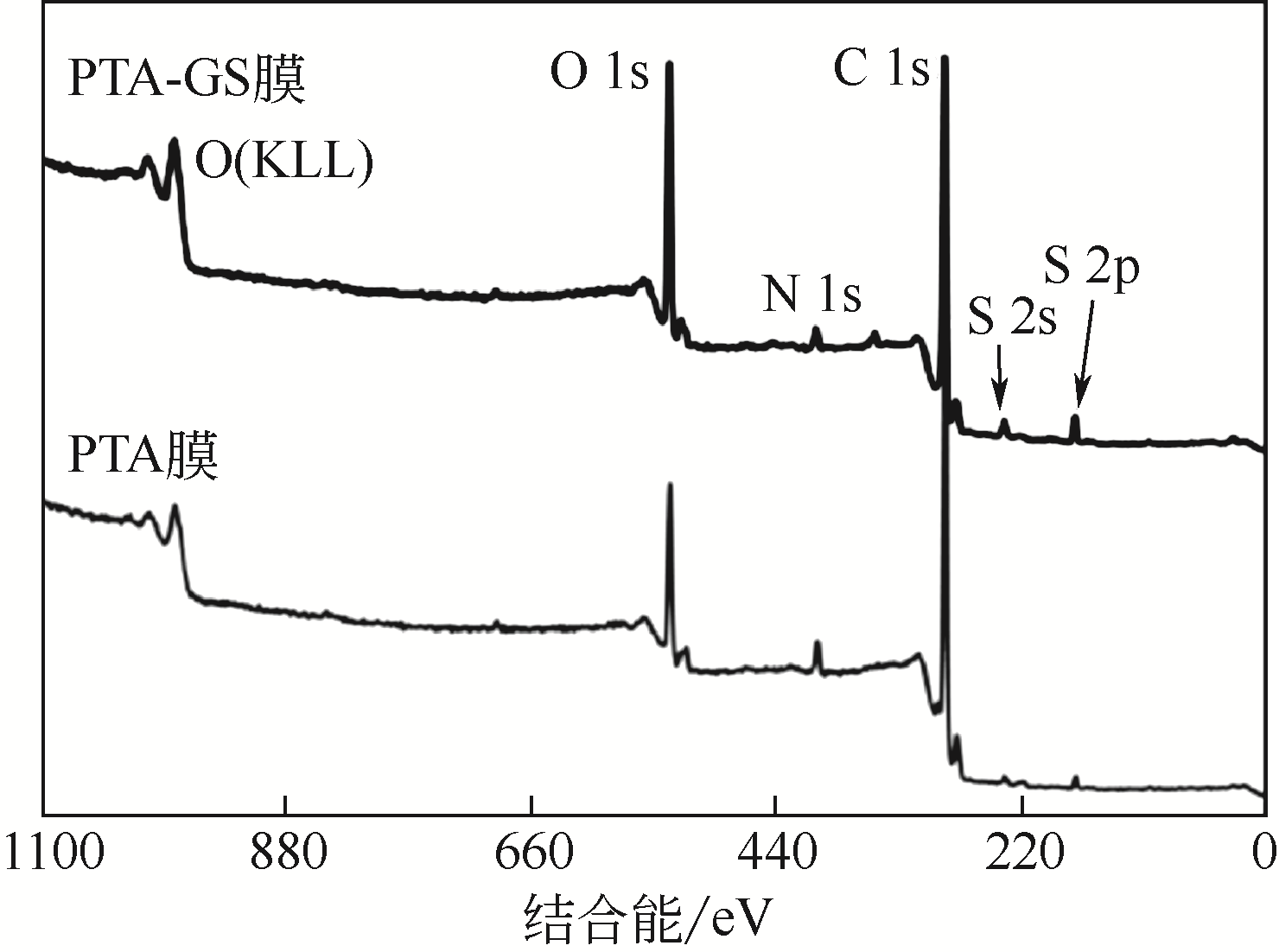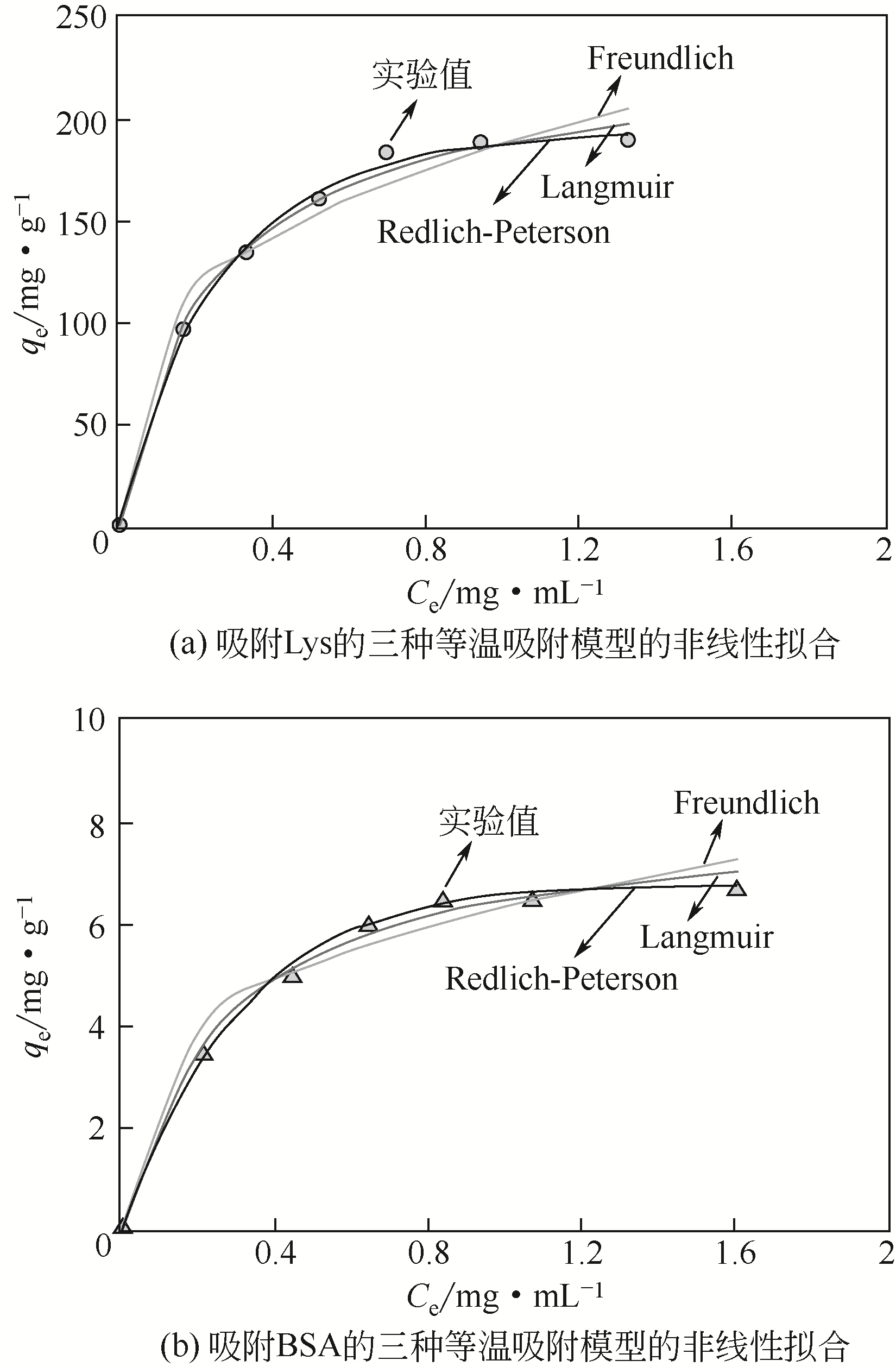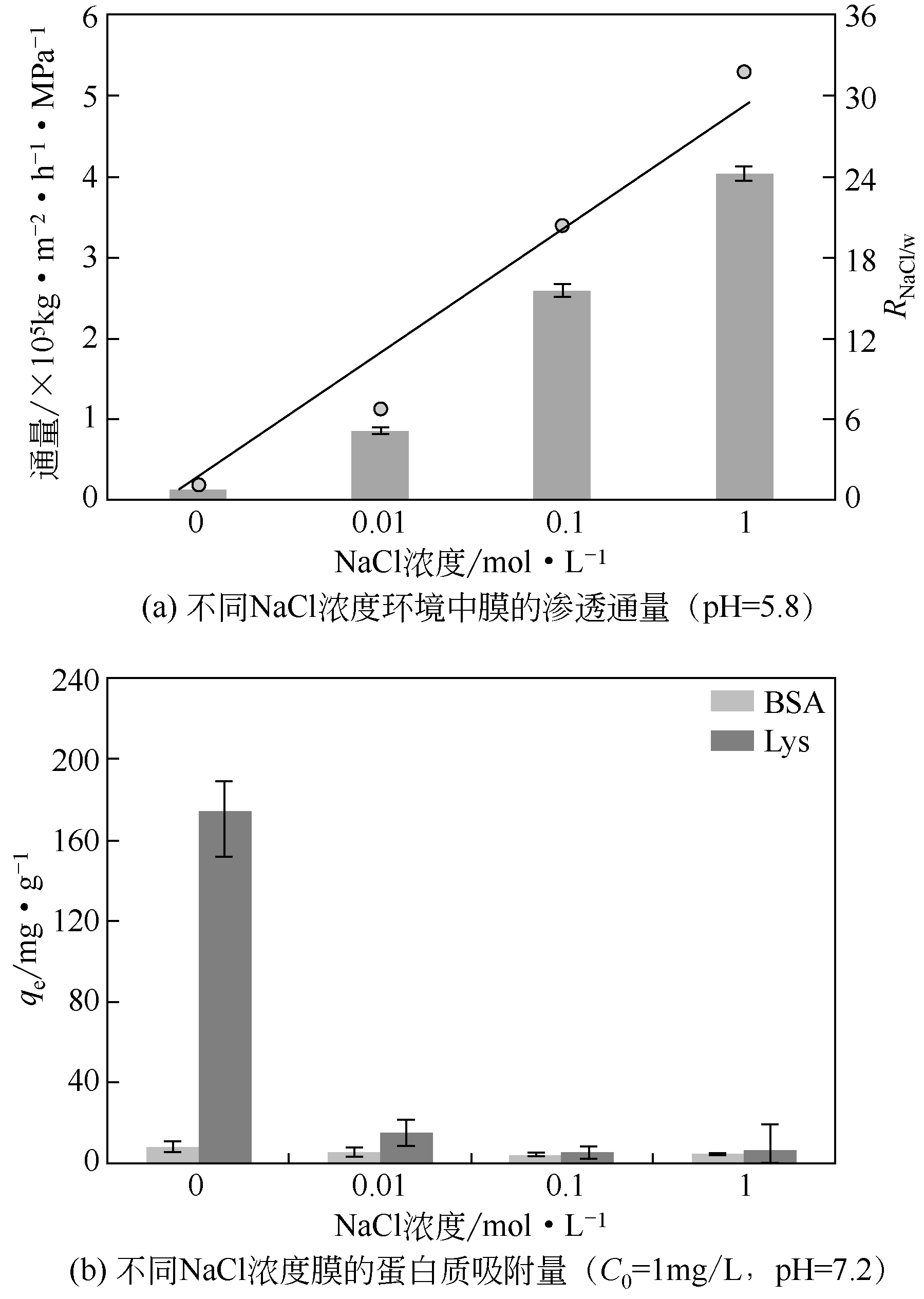| 1 |
RATHORE A S. Follow-on protein products: scientific issues, developments and challenges[J]. Trends in Biotechnology, 2009, 27: 698-705.
|
| 2 |
CONESA C, CALVO M, SANCHEZ L. Recombinant human lactoferrin: a valuable protein for pharmaceutical products and functional foods[J]. Biotechnology Advances, 2010, 28: 831-838.
|
| 3 |
SHUKLA A A, HUBBARD B, TRESSEL T, et al. Downstream processing of monoclonal antibodies-application of platform approaches[J]. Journal of Chromatography B, 2007, 848: 28-39.
|
| 4 |
LOVE J C, LOVE K R, BARONE P W. Enabling global access to high-quality biopharmaceuticals[J]. Current Opinion in Chemical Engineering, 2013, 2: 383-390.
|
| 5 |
REIS R V, ZYDNEY A. Membrane separations in biotechnology[J]. Current Opinion in Biotechnology, 2001, 12(2): 208-211.
|
| 6 |
REIS R V, ZYDNEY A. Bioprocess membrane technology[J]. Journal of Membrane Science, 2007, 297: 16-50.
|
| 7 |
HAN L B, YAN B, ZHANG L, et al. Tuning protein adsorption on charged polyelectrolyte brushes via salinity adjustment[J]. Colloids and Surfaces A, 2018, 539: 37-45.
|
| 8 |
YANG Q, ULBRICHT M. Novel membrane adsorbers with grafted zwitterionic polymers synthesized by surface-initiated ATRP and their salt-modulated permeability and protein binding properties[J]. Chemistry of Materials, 2012, 24: 2943-2951.
|
| 9 |
ZHANG J, KOU R, LIU G M. Effect of salt concentration on the pH responses of strong and weak polyelectrolyte brushes[J]. Langmuir, 2017, 33: 6838-6845.
|
| 10 |
CUELLAR J L, LLARENA I, ITURRI J J, et al. A novel approach for measuring the intrinsic nanoscale thickness of polymer brushes by means of atomic force microscopy: application of a compressible fluid model[J]. Nanoscale, 2013, 5: 11679-11685.
|
| 11 |
KLEIN J. Polymers in living systems: from biological lubrication to tissue engineering and biomedical devices[J]. Polymers Advanced Technologies, 2012, 23: 729-735.
|
| 12 |
YOU M, WANG P, XU M L, et al. Fouling resistance and cleaning efficiency of stimuli-responsive reverse osmosis (RO) membranes[J]. Polymer, 2016, 103: 457-467.
|
| 13 |
CHENETTE H C S, ROBINSON J R, HOBLEY E, et al. Development of high-productivity, strong cation-exchange adsorbers for protein capture by graft polymerization from membranes with different pore sizes[J]. Journal of Membrane Science, 2012, 423/424: 43-52.
|
| 14 |
SCHWELLENBACH J, TAFT F, VILLAIN L, et al. Preparation and characterization of high capacity, strong cation-exchange fiber based adsorbents[J]. Journal of Chromatography A, 2016, 1447: 92-106.
|
| 15 |
AVRAMESCU M E, GIRONES M, BORNEMAN Z, et al. Preparation of mixed matrix adsorber membranes for protein recovery[J]. Journal of Membrane Science, 2003, 218: 219-233.
|
| 16 |
AVRAMESCU M E, BORNEMAN Z, WESSLING M. Mixed-matrix membrane adsorbers for protein separation[J]. Journal of Chromatography A, 2003, 1006: 171-183.
|
| 17 |
李娜, 刘忠洲, 续曙光. 再生纤维素分离膜制备方法研究进展[J]. 膜科学与技术, 2001, 21(6): 27-33.
|
|
LI Na, LIU Zhongzhou, XU Shuguang. A review of studies of the preparation processes of regenerated cellulose separation membranes[J]. Membrane Science and Technology, 2001, 21(6): 27-33.
|
| 18 |
ZHANG Q F, WANG H F, SHANG S B, et al. Positively charged nanofiltration membrane based on cardo poly(arylene ether sulfone) with pendant tertiary amine groups[J]. Journal of Membrane Science, 2011, 375: 191-197.
|
| 19 |
郭石菲. 基于聚多巴胺负载银纳米催化剂的高分子微球和膜的制备和催化性能研究[D]. 成都: 四川大学, 2019.
|
|
GUO Shifei. Preparation and catalytic performance of polymeric microspheres and membrane loaded with silver nanocatalyst by polydopamine[D]. Chengdu: Sichuan University, 2019.
|
| 20 |
CHE A F, HUANG X J, XU Z K. Polyacrylonitrile-based nanofibrous membrane with glycosylated surface for lectin affinity adsorption[J]. Journal of Membrane Science, 2011, 366: 272-277.
|
| 21 |
TIAN P, HAN X Y, NING G L, et al. Synthesis of porous hierarchical MgO and its superb adsorption properties[J]. ACS Applied Materials & Interfaces, 2013, 5: 12411-12418.
|
| 22 |
REDLICH O, PETERSON D L. A useful adsorption isotherm[J]. The Journal of Physical Chemistry, 1959, 63(6): 1024-1024.
|
| 23 |
任刚, 余燕, 石雷, 等. 铁锰氧化物改性沸石对Cr(Ⅵ)的吸附性能[J]. 化工进展, 2015, 34(4): 1159-1164.
|
|
REN Gang, YU Yan, SHI Lei, et al. Experimental study on the adsorption of Cr(Ⅵ) on modified zeolite by iron and manganese oxides[J]. Chemical Industry and Engineering Progress, 2015, 34(4): 1159-1164.
|
| 24 |
KOCAOBA S, ORHAN Y, AKYUZ T. Kinetics and equilibrium studies of heavy metal ions removal by use of natural zeolite[J]. Desalination, 2007, 214: 1-10.
|
| 25 |
LI X Y, XIE R, LUO F, et al. CO2-responsive poly(N,N-dimethylaminoethyl methacrylate) hydrogels with fast responsive rate[J]. Journal of the Taiwan Institute of Chemical Engineers, 2019, 94: 135-142.
|
 ), XIE Rui1,2(
), XIE Rui1,2( ), JU Xiaojie1,2, WANG Wei1,2, LIU Zhuang1,2, CHU Liangyin1,2
), JU Xiaojie1,2, WANG Wei1,2, LIU Zhuang1,2, CHU Liangyin1,2
 ), 谢锐1,2(
), 谢锐1,2( ), 巨晓洁1,2, 汪伟1,2, 刘壮1,2, 褚良银1,2
), 巨晓洁1,2, 汪伟1,2, 刘壮1,2, 褚良银1,2






